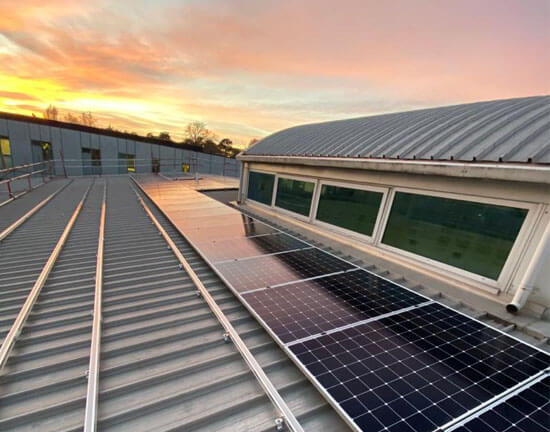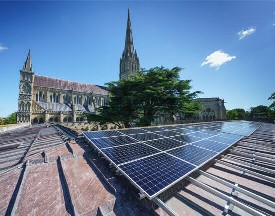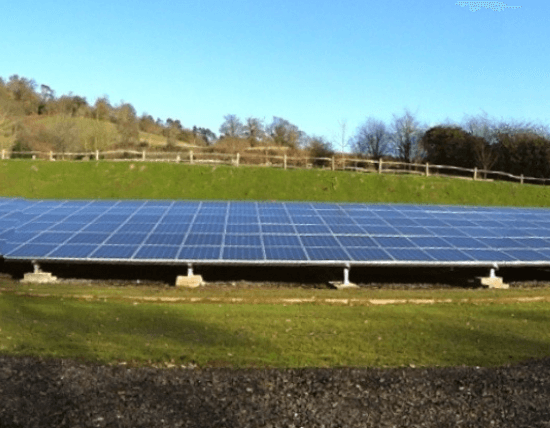Swimming with Solar – Bridport Leisure Centre
Let’s talk installing solar on Leisure Centres… in particular, in Bridport.
Bridport Leisure Centre is a non-profit making, busy, community recreational hub, offering a wide range of activities for local people. These include a swimming pool, fitness classes, gym, squash, sports hall, yoga and kids activities.
How is it all powered? Well, the Centre was keen to explore having solar to help generate the energy required. This way, they could save on their energy bills and reduce their carbon footprint at the same time. We were only too pleased to help make this happen, of course.
Community-funded, community-owned
Initially, our Joju team created designs and costings for the site. Following funding discussions, we brought our good friends and colleagues at Energy 4 All on board. They look at how much power the system is going to generate and how much of it will be used on site by the Leisure Centre. Then, with funds from local community investors purchasing shares in the system, they pay for the project in its entirety. They maintain it, and buy the electricity that’s produced and consumed on site, at an agreed rate. The ownership of the system is then in the hands of local people, for the benefit of the local community.
On the roofs…
The installation took our Joju Solar team just under two weeks to complete, and all whilst keeping the Centre fully operational. That’s something we pride ourselves on and we know just how important it is to make sure any potentially disruptive work is carried out ‘out of hours’.
We installed 184 Canadian Solar 410W panels in total, and the install is actually split into two systems. 147 of the panels make up a system of just over 60 kWp. That’s on the main roof, above the swimming pool… hence our Swimming with solar headline! The smaller system of 37 panels, just over 15kWp, is on the rugby clubhouse roof.
The savings
Estimated CO2 savings work out at approx. 15.73 tonnes per year, with an annual estimated generation of 61,535 kWh, which will really help to power community wellbeing.
The reaction
The team at Bridport & West Dorset Sports Trust Ltd, and at the Centre itself, is really happy with the install and how the panels are looking.
The overall aim of the organisation is to enhance the quality of life for the community, and the solar install certainly contributes to the ongoing fulfilment of that aim – from a clean air and sustainability point of view.
Discover more about solar on Leisure Centres
- Read about the Swimming Pool Support Fund in our blog.
- Find out more about community energy and potential funding for your Leisure Centre project.
- Read our Xcel Leisure Centre case study, for more about another public sector Leisure Centre installation.












